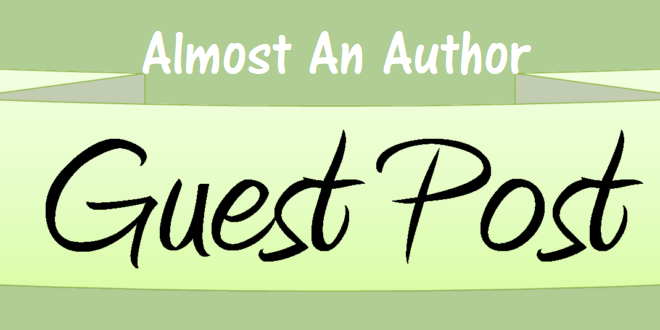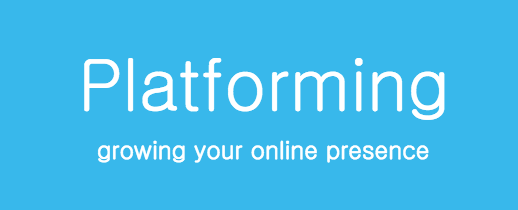
How to Write Your 1st Blog Post
A welcome post is a pinned post on your blog that appears first in your entry feed. But let’s…
April 20, 2023
A welcome post is a pinned post on your blog that appears first in your entry feed. But let’s…
April 20, 2023
If your website is on Domain A’s URL (web address) and your blog is on Domain B’s URL, the…
December 12, 2022
Have you ever participated in a writer’s challenge? Did you know there are writing challenges for bloggers? Here’s how…
December 28, 2019
Which is easier: fiction or nonfiction? It depends … on who you ask and when you ask them. Today…
June 10, 2017
What is the title of your latest book, Morgan? Tainted. Please give us an overview. What Happens When Your…
June 15, 2016
One of the cornerstones of an author’s platform is a personal website or blog. (Because these terms are used…
October 5, 2015
[author title=”Bob Hostetler” image=”https://www.almostanauthor.com/wp-content/uploads/2015/07/Screen-Shot-2015-07-18-at-12.48.28-PM.png”]Bob Hostetler is an award-winning writer, editor, blogger, and speaker from southwestern Ohio. His books, which…
August 14, 2015
[author title=”Lori Hatcher” image=”https://www.almostanauthor.com/wp-content/uploads/2015/07/Lori-HatcherHeadshot.jpeg”]Lori Hatcher is an author, blogger, and women’s ministry speaker. She’s the editor of South Carolina’s…
July 31, 2015